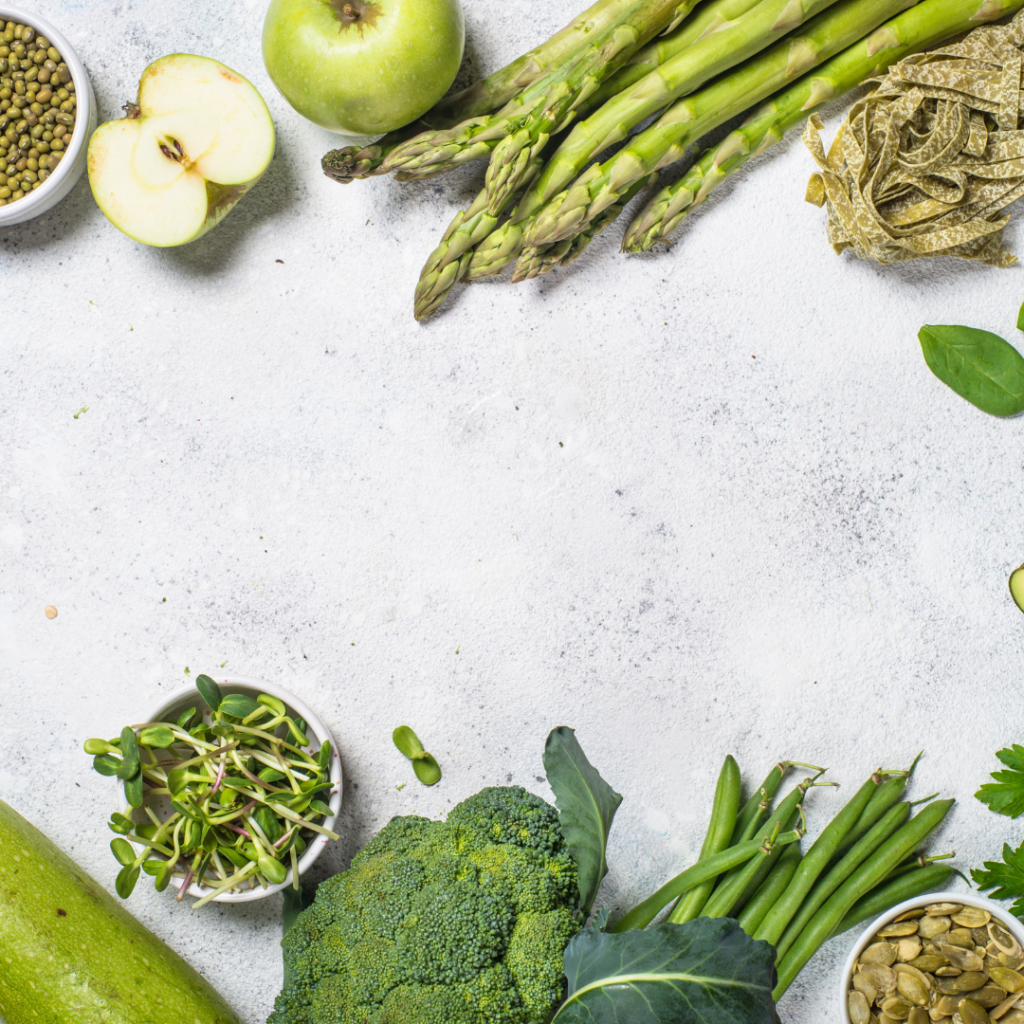When it comes to providing our bodies with the building materials they need to thrive color can play a big role in helping us stock up on the builder’s basics. Most of us struggle to get the nutrients our bodies need. While it may not seem like such a big deal at first glance the reality is that there are some extreme consequences to not providing our bodies with the nutrients they need. For example, when we fail to meet our body requests over a prolonged period of time our body will then start to break itself down and recycle or repurpose as many materials as possible. Our bodies want us to survive, it is in their best interest to do so.
Building Health From The Inside Out
When we fail to meet its basic needs it operates under the assumption that we either didn’t get the message or are unable to fulfill this need for one reason or another. Again, because our bodies are hard-wired to keep us alive at all costs the body will start to shut down areas that are not vital to basic survival. Unfortunately, for most of us, this is when we start to take notice that something has gone horribly aerie. Due to the fact that nutrition is barely even covered in school most of us are painfully unaware of just how powerful food can be. Trust me, it was one of the most painful realities I had to personally face when struggling with my own health. Even as a triple science major in college while studying to become a doctor we barely even grazed nutrition.
“In fact, the one course we were required to take focused on how different foods can interact with different medicines.”
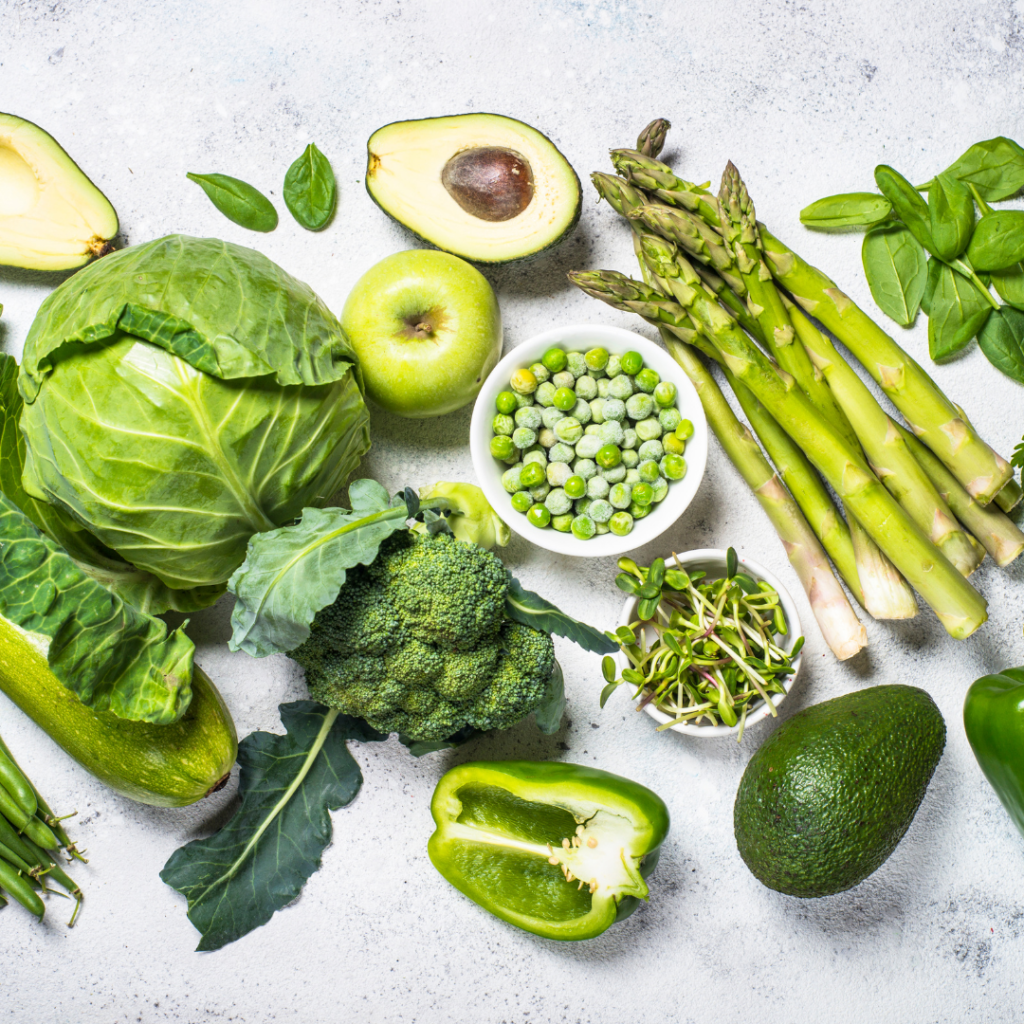
Wipe the slate clean
For those of us who are just trying to clear the slate and focus on the basics of eating our way back to good health. One of the best and easiest ways to do just that is by adding a little color into your life. I love skittles motto of taste the rainbow, and this is exactly what you want to do! Each color comes with a variety of health benefits. Today we are going to go over the benefits of eating green foods.
Green With Envy
Easily one of the most important colors on your plate for a number of reasons. Green foods are nutrient-dense, low-calorie, naturally detoxing, powerful superfoods. When it comes to green foods, their naturally-occurring nutrients are renowned for their ability to support several different aspects of heart health. You’ve probably already heard of polyphenols and their antioxidant powers, but there are others too! Polyphenols are the micronutrients that occur naturally in edible plants that are good for the body and your gut microbiome.
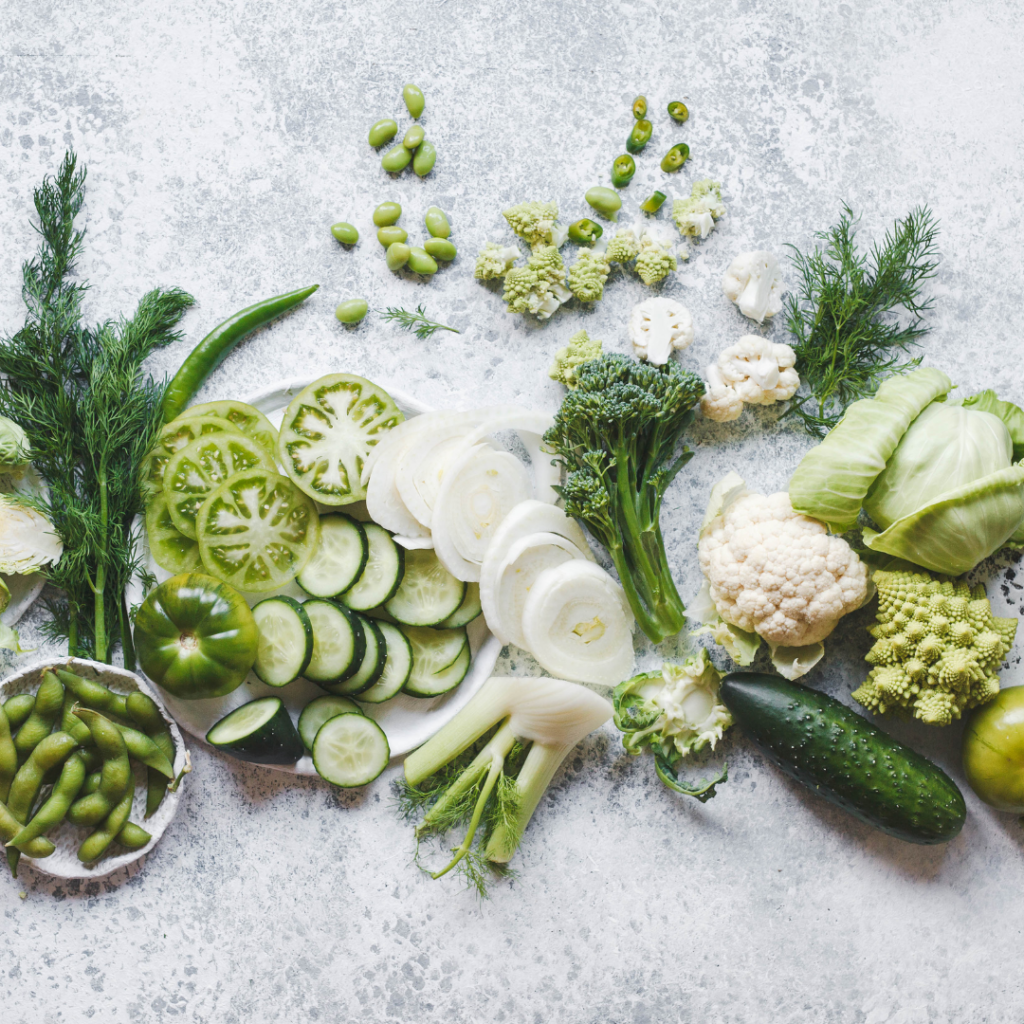
Keeping it Close to the Chest
Green foods are packed full of antioxidants and nutrients that may specifically benefit your cardiovascular system. Some research suggests that eating dark leafy greens nearly every day could lower heart disease risk by almost 16%. The heart is a major part of your circulatory system (but you already know that, right?). It’s about the size of a fist and it pumps blood around the body, sending oxygen and nutrients to the areas that need it, and transporting waste (like CO2) to the lungs so that it can be removed. Oxidative stress promotes high blood pressure, atherosclerosis (the narrowing of the arteries), and cardiovascular disease, all of which are serious conditions that increase the risk of heart attacks and strokes.
Phytonutrients in green foods
Green foods are abundant in nutrients that are beneficial for heart health, like vitamin K, magnesium, nitrates, and folates. Dark leafy greens (the types you probably hated as a kid) have a high level of polyphenols which have antioxidant properties. The phytonutrients in green foods include flavonoids which have antioxidant properties and help to protect the heart from disease. There are also nitrates, another plant nutrient associated with a reduced risk of cardiovascular disease mortality. Research shows that dietary nitrates could be beneficial for both blood pressure and heart health. Foods rich in nitrate include leafy greens, like spinach, and cruciferous vegetables, such as broccoli, Brussels sprouts, and cabbage.
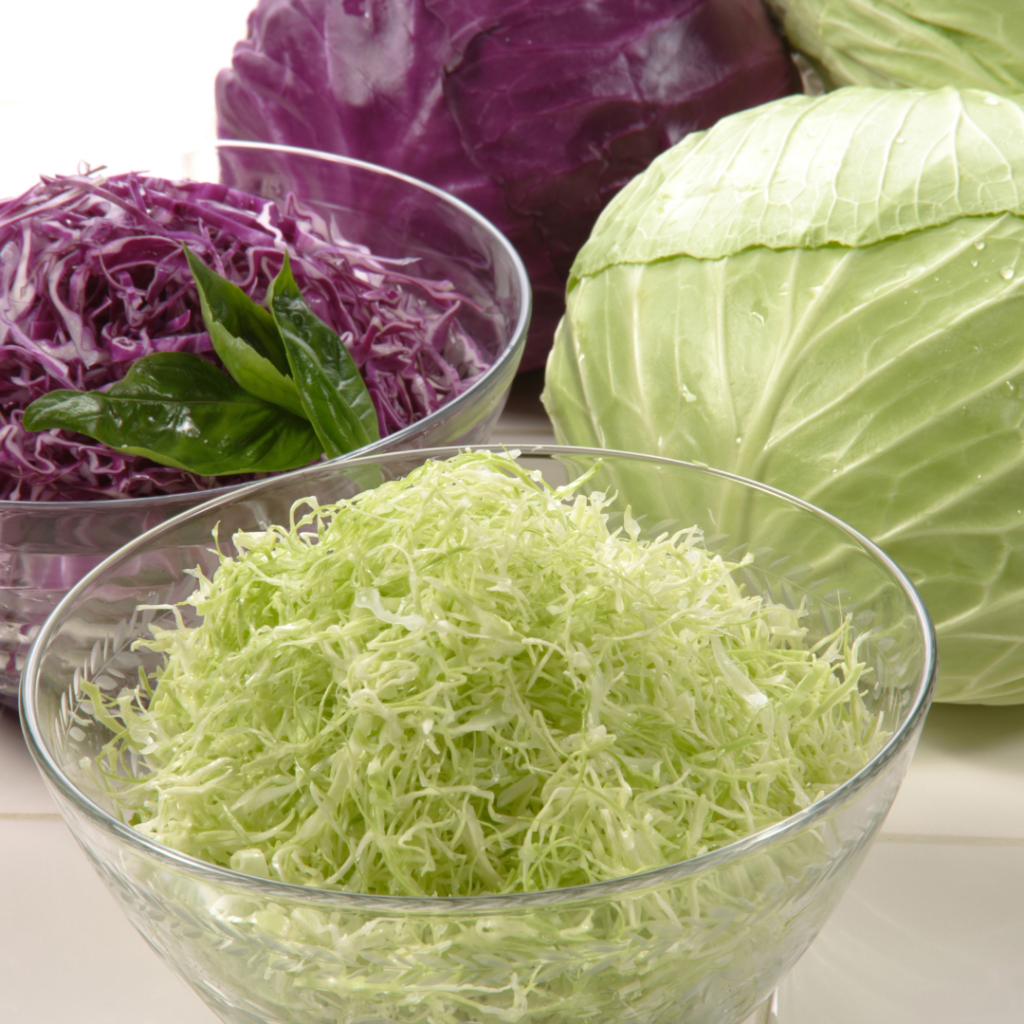
Cruciferous Vegetables
Cabbage is a leafy vegetable of the Brassica family, which also includes broccoli, cauliflower, and Brussels sprouts, and it’s one of the oldest known vegetables. Its fiber and water content can help to prevent constipation and maintain a healthy digestive tract. Frequently recommended to people who want to lose weight since it is packed with so many nutrients and its high fiber content makes it quite filling. Cabbage can also be used to help lower your cholesterol. Its fiber and nutrients bind with bile acids in the intestine and pass out in the stool, rather than being absorbed into the blood. Eating it steamed gives it more cholesterol-lowering power. Cabbage is an excellent source of the ever-so-important vitamin C, crucial for maintaining a strong immune system. The sulfur-containing compound, sulforaphane, which gives these vegetables their bitter taste, is also what specifically gives them their cancer-fighting power.
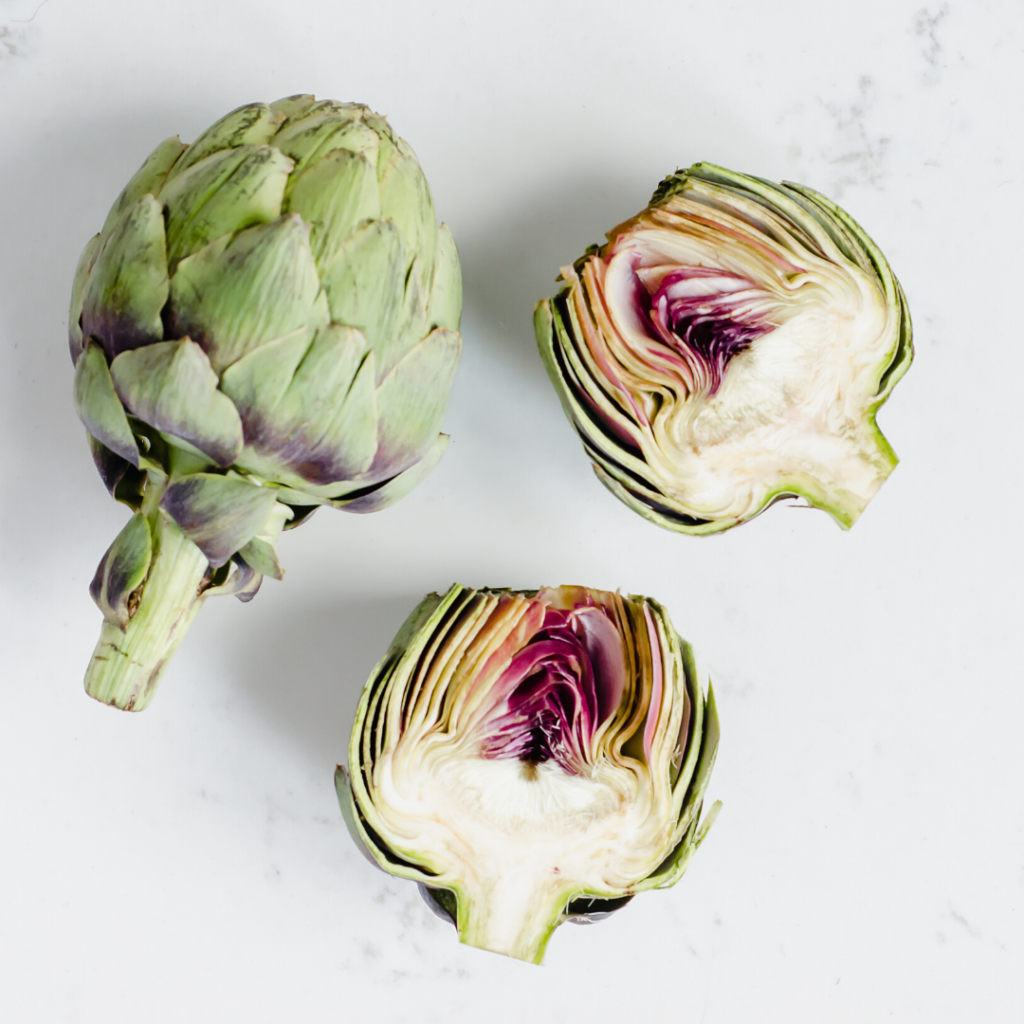
Don’t Choke at Eating Your Greens
Artichokes are chock-full of important nutrients, like vitamin C, vitamin A, and iron, as well as potassium and antioxidants. In addition to its wide nutrition profile, artichokes offer more protein than many other vegetables at 3.5 grams per serving. Studies show that those who consume a higher ratio of plant-based protein to animal-derived protein have a reduced risk of coronary heart disease. Artichokes are an excellent source of folate, which is a B vitamin that researchers have found to be potentially beneficial in reducing inflammation and boosting energy levels. Artichokes have been shown to help fight a number of specific cancers, too: their flavonoid content helps kill pancreatic cancer cells. And since artichokes are among the highest sources of flavonoid apigenin (a type of plant nutrient), they can help fight breast cancer, too.
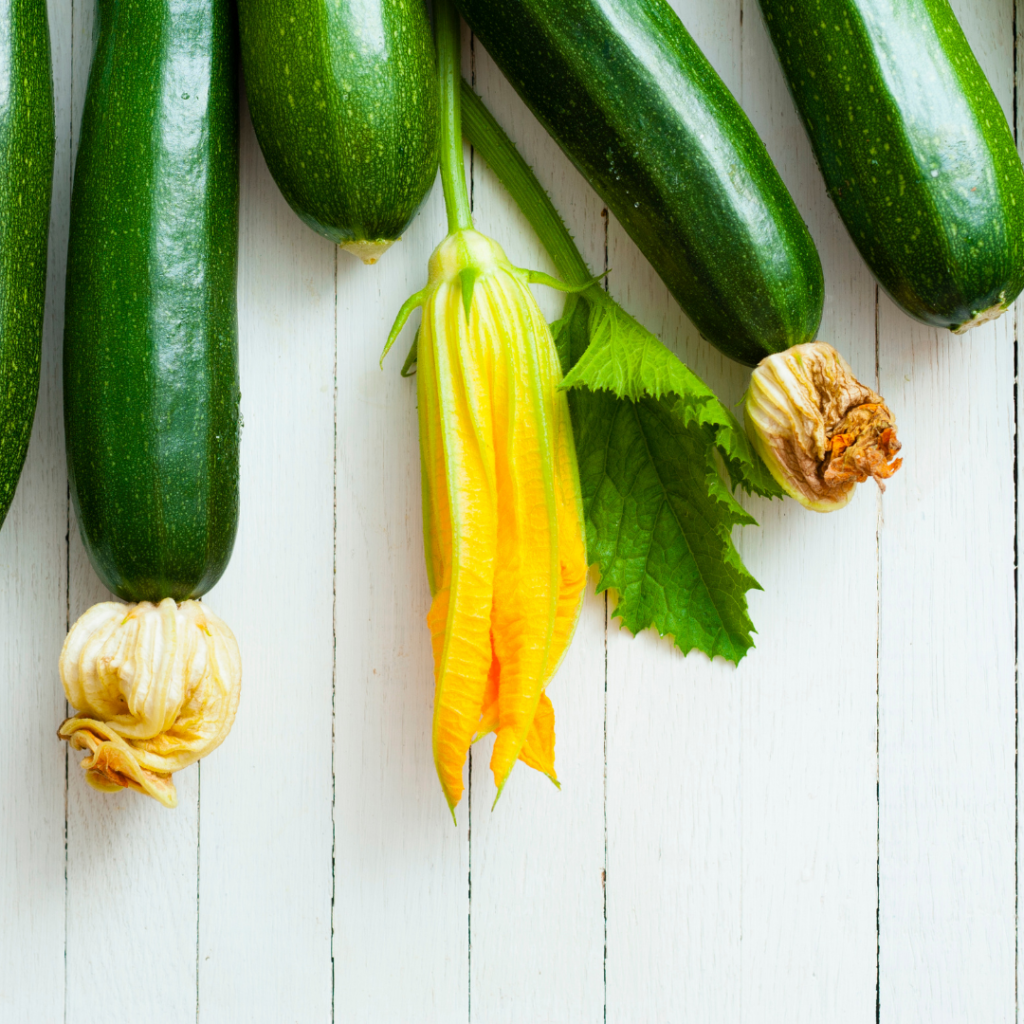
Green From A to Z
Zucchini contains a variety of vitamins, minerals, and beneficial plant compounds. Cooked zucchini is particularly high in vitamin A, though raw zucchini contains slightly less. Zucchini boasts several antioxidants that may provide various health benefits. The highest levels are found in the fruit’s skin. Zucchini is rich in water and fiber, two compounds that can promote healthy digestion by reducing your risk of constipation and symptoms of various gut disorders. Zucchini’s fiber may increase insulin sensitivity and stabilize blood sugar levels, potentially reducing your risk of type 2 diabetes. The fiber, potassium, and carotenoids in zucchini may lower blood pressure, cholesterol, and other risk factors for heart disease. Zucchini is rich in manganese, lutein, zeaxanthin, and vitamins A and C — nutrients that contribute to healthy vision and may lower your risk of age-related eye conditions.
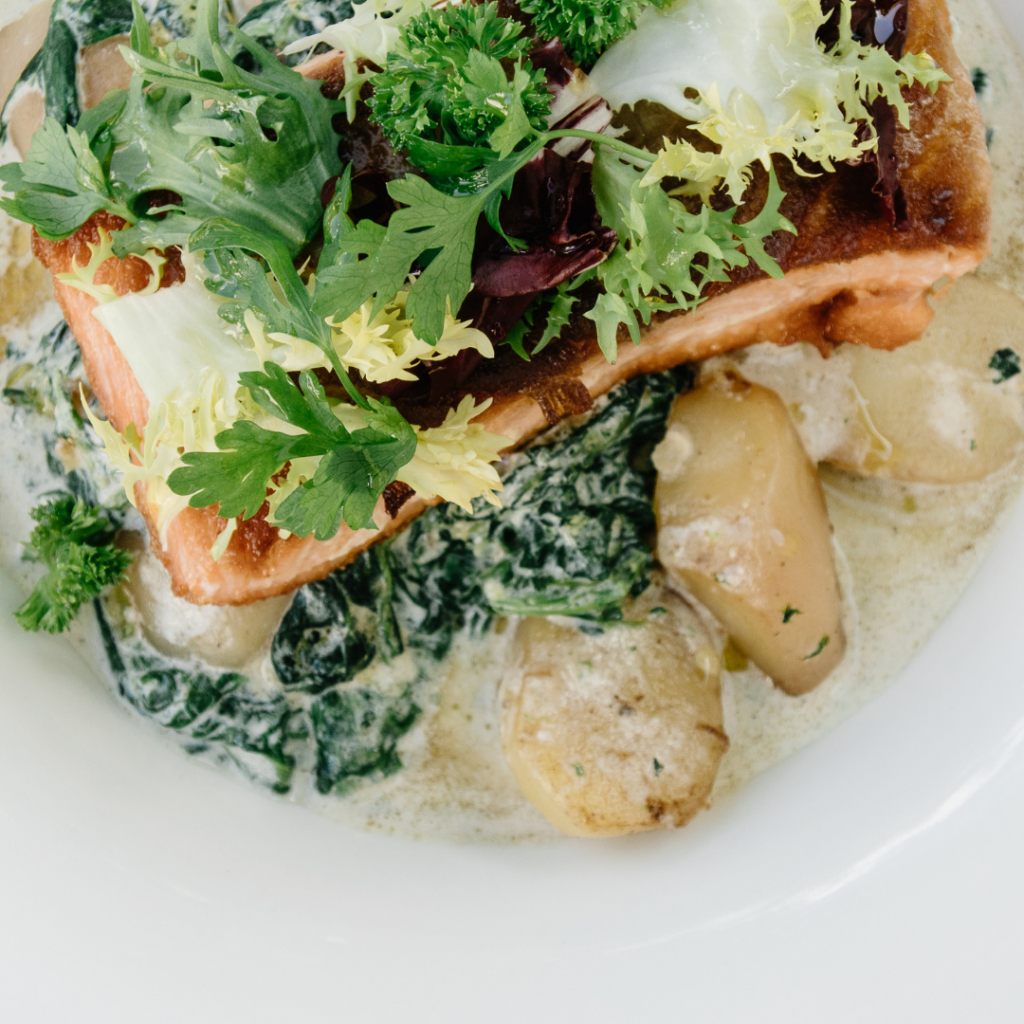
Spinach Artichoke Salmon
Gluten-free, Dairy-free, Serves 4
- 4 Salmon Fillets
- 1/2 tsp paprika
- 2 Tbsp olive oil
- 3 Tbsp vegan butter
- 2 small shallots sliced
- 3 cloves garlic minced
- 2 Tbsp sage fresh chopped
- 1/2 tsp crushed red pepper flakes
- 1 1/4 Cup full-fat coconut milk
- 2 oz vegan cream cheese
- 4 cups baby spinach
- 1/2 cup vegan parmesan cheese
- 12 oz marinated artichokes chopped
- juice 1/2 lemon
- zest of 1 lemon
- sea salt and pepper to taste
Directions:
Preheat the oven to 350 degrees F. Season the salmon with salt, pepper, and paprika. Sear the salmon before baking on a skillet over high heat with 1 Tbsp olive oil. Sear the skin side down for 2-3 minutes and remove. Add butter, shallots, and garlic. Cook until the garlic is fragrant (2 minutes). Add the sage and continue cooking for 2-3 minutes. Once the butter is golden add the pepper flakes, milk, and cream cheese. Bring to a simmer over medium heat stirring constantly. Add cheese, spinach, and artichokes. Cook until the spinach is wilted (3-5 minutes). Stir in lemon juice and zest. Place the salmon into the sauce. Transfer the skillet to the oven and bake 10-15 minutes or until salmon is cooked through. Serve over roasted potatoes.
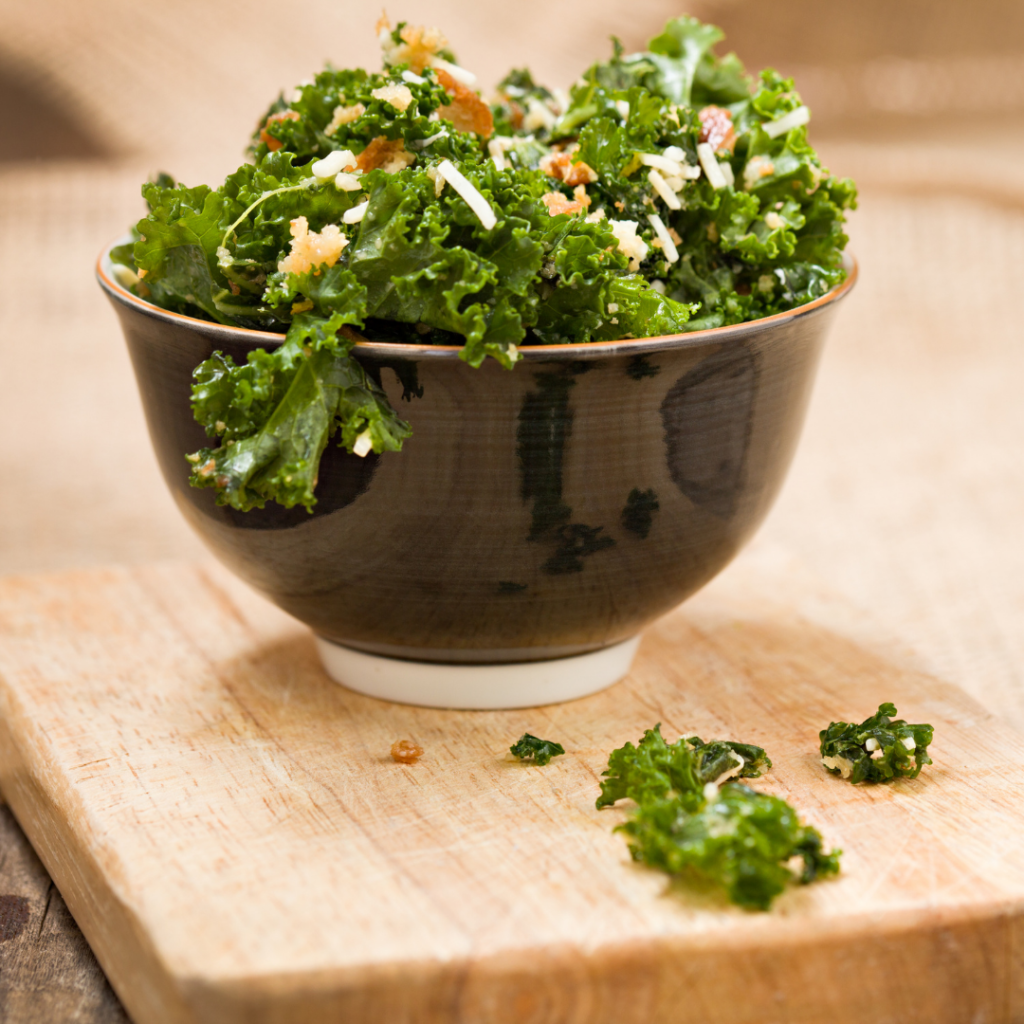
Kale Caesar Salad
Gluten-Free, Vegan Serves 6
- 2 Sweet Potatoes Cut into circles
- 1/4 Cup Avocado Oil
- 2 tsp Chili Powder
- 14 oz Chickpea can drain
- 2 tsp Smoked Paprika
- 1 Large head Kale shredded
- 4 Cups Brussels Sprouts shredded
- 1/2 head Cabbage shredded
- 2 Avocados cubbed
Tahini Dressing:
- 1/4 Cup Avocado Oil
- 1/2 Cup Lemon Juice
- 2 Tbsp Dijon Mustard
- 1/3 Cup Vegan Parmesan cheese
- 2 Tbsp Tahini
- 1 clove Garlic minced
- 2 tsp Vegan Worcestershire sauce
- 3 Tbsp chopped Parsley
Directions:
Preheat the oven to 425 degrees F. Toss the sweet potatoes, chickpeas, 2 Tbsp oil, chili powder, paprika, salt, and pepper. Place veggies onto a non-stick baking sheet and roast for 40 minutes stirring halfway through. Remove and set aside. In a large bowl, combine cabbage, brussels sprouts, and kale. To make the dressing, combine all ingredients and blend until smooth. Toss the roasted vegetables in with the salad. Add in dressing and toss. Top with avocado, parmesan, and pumpkin seeds.
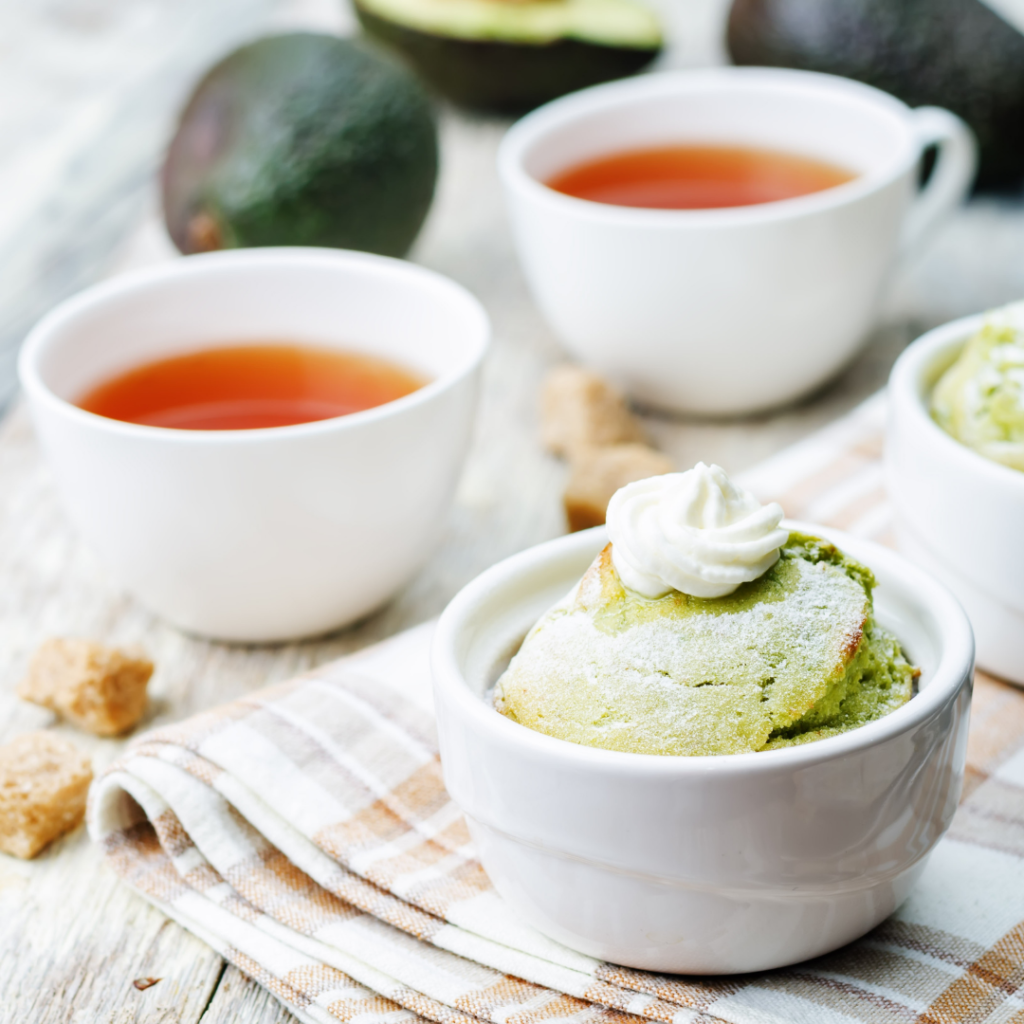
Avocado Lemon Poppyseed Cake
Gluten-Free, Vegan Serves 12
- 2 Ripe Avocados
- 1 1/4 Cup Almond Meal
- 2 Lemons Zested
- 1 Lemon Juiced
- 1/2 Cup Vanilla Cashew Yogurt
- 1 1/4 Cup Coconut Sugar
- 2 Flaxseed Eggs (2 Tbsp ground Flaxseed 2 Tbsp Water)
- 1 tsp Baking Powder
- 1/2 tsp Baking Soda
- 1 Tbsp Poppy Seeds
Lemon Cream Cheese Frosting:
- 8 oz Vegan Cream Cheese room temp
- 1 1/4 Cup Powdered Coconut Sugar
- 1/4 Cup Vegan Butter room temp
- 2 Tbsp Lemon Zest
- 1 Tbsp Lemon Juice
Directions:
Preheat the oven to 350 degrees F. Pretreat cake tins with the non-stick option of choice. Into a food processor combine avocado flesh, almond meal, and sugar until a green paste is formed. Transfer into a bowl and add lemon juice and zest, flaxseed eggs, and yogurt. Mix well until combined. Next, add in baking powder, soda, and poppy seeds until combined. Split batter into two tins and bake 35-40 minutes or until toothpick comes out clean. Remove from oven and let cool for 10 minutes before removing from pans to cool completely on wire rack. Combine all ingredients to make the frosting. To assemble pipe a layer of frosting around the center of the bottom cake (along the edge if you want to fill with a lemon curd filling) then place the second cake on top. Evenly spread remaining frosting over the cake and top with fresh lemon zest and poppy seeds.
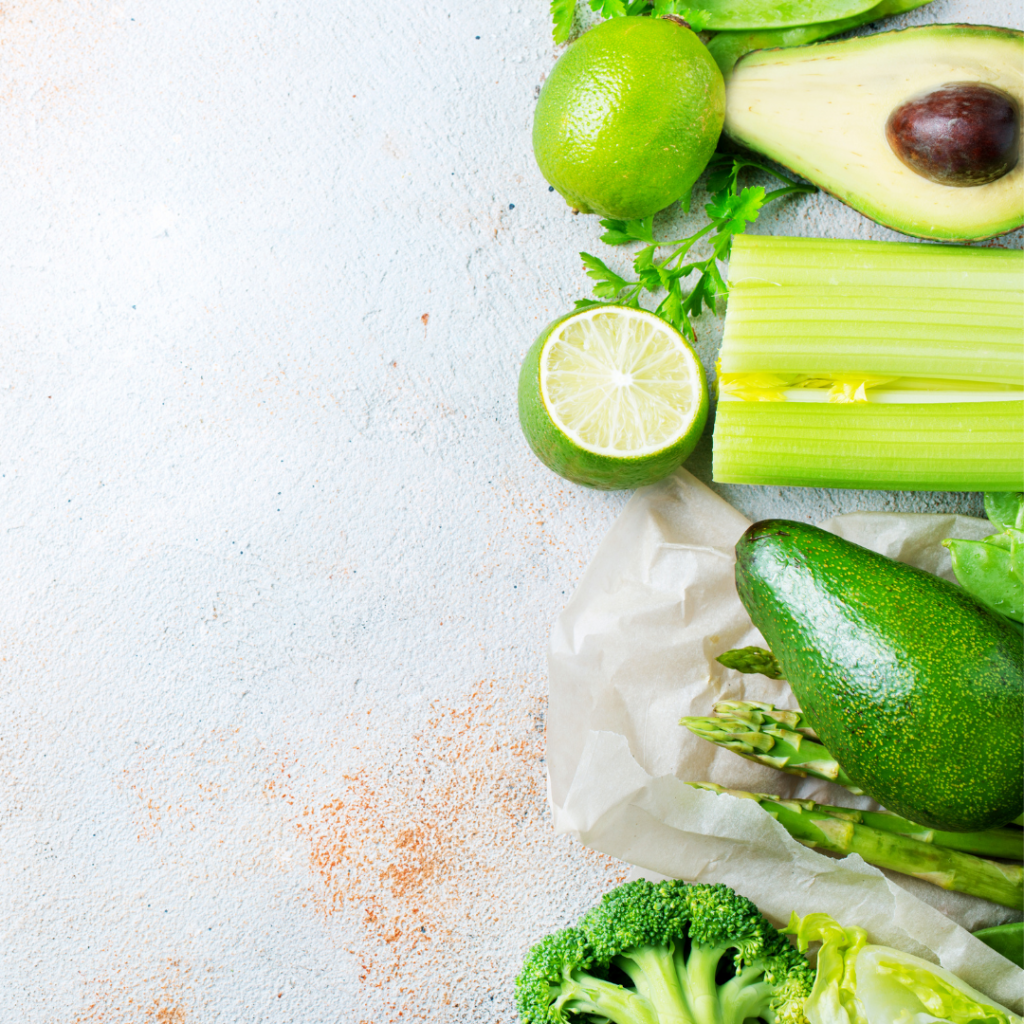
No Time Like The Present
Keeping your body free of toxins and free radicals is necessary to maintain a healthy life and a healthy mind. Add any of these foods to your regular diet to help your body with its critical detoxifying processes. If you are looking for a safe and all-natural way to detox your body at home be sure to check out my Balancing Abundance Program. Because detoxing is so important and realistically everyone should be doing it on at least a seasonal basis I have taken the time to put together a program to help you do just that. Here’s the thing, I know working with me one-on-one can seem difficult to get into (due to limited space) and I wanted to be able to give everyone an additional solution that has no limits. You deserve to be happy, healthy, and successful at everything you do so here are some recipes to help set you up for success!

Need A Hand?
A happy and healthy life is closer than you may think. We all have to deal with our health daily, and when we don’t feel our best, it shows. If you are tired of just making it through your day, you NEED to start investing in your health today! You are not alone on this journey. If you ever need any help, I am always here to do just that. Even if it is something as small as acting as a sounding board, do you have any questions or concerns I can help you with? Feel free to contact me directly at [email protected], or you can even book a one-on-one call with me. Be sure to subscribe to gain access to tons of free goodies and check back daily for more great recipes and information!

